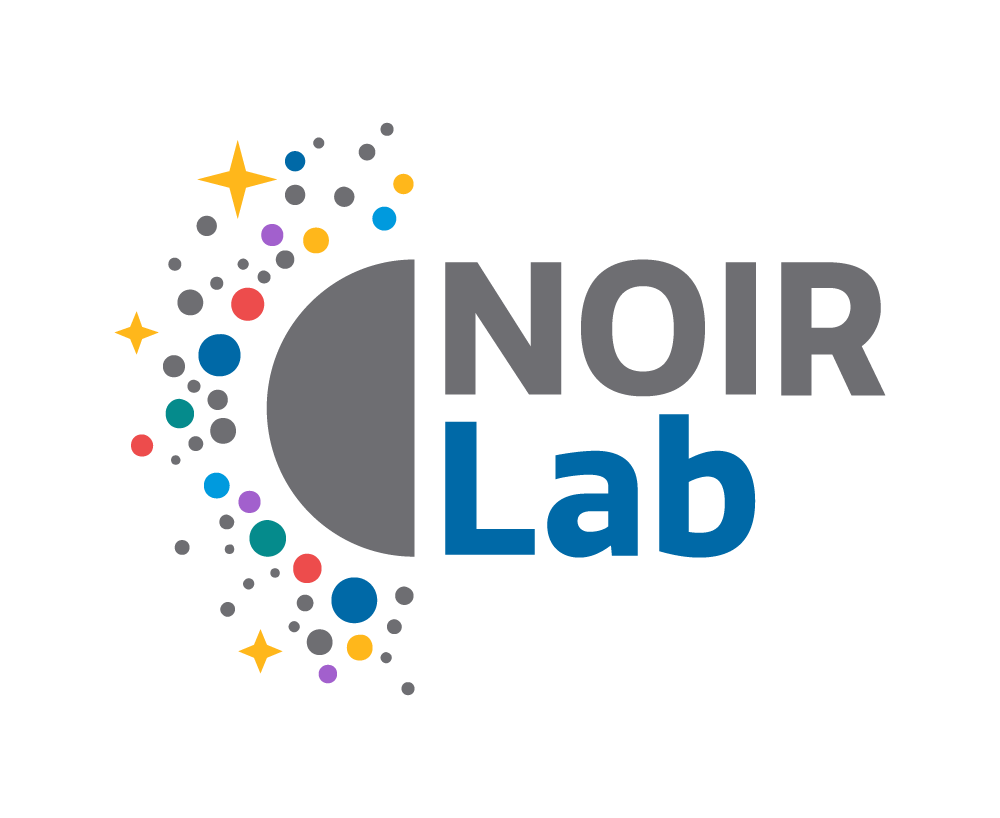NOIRLab’s Janice Lee Receives 2021 HPCwire Readers’ Choice Award
Lee is a member of the PHANGS collaboration, which was recognized for work with neural networks and deep learning
15 November 2021
Janice Lee, a member of the international PHANGS collaboration, has been recognized by the annual HPCwire Readers’ and Editors’ Choice Awards, presented at the 2021 International Conference for High Performance Computing, Networking, Storage, and Analysis in St. Louis, Missouri.
The Reader's Choice award for Best Use of High Performance Computing in Physical Sciences was given for work using convolutional neural networks and deep learning in the analysis of the PHANGS-HST Treasury Survey, led by Lee. The associated scientific paper was published in the Monthly Notices of the Royal Astronomical Society and describes a proof-of-concept experiment that demonstrates that deep learning can successfully be used for large-scale classification of compact star clusters detected in Hubble Space Telescope (HST) imaging of nearby spiral galaxies. Lee, together with Bradley Whitmore of the Space Telescope Science Institute (STScI) and Eliu Huerta of the University of Chicago and Argonne National Laboratory, accepted the award on behalf of the team.
Lee works for NSF NOIRLab as the Chief Scientist of the international Gemini Observatory. Prior to her appointment at NOIRLab in 2021, Lee was a member of the scientific staff at Caltech/IPAC as Deputy Lead for Communications and Education. Prior to this, she was a member of the scientific staff at STScI, where she served the scientific community through support of the HST and her work to enable the Early Release Science program with the James Webb Space Telescope.
The annual HPCwire Readers’ and Editors’ Choice Awards are determined through a nomination and voting process with the global HPCwire community, as well as selections from the HPCwire editors. The awards are an annual feature of the publication and constitute prestigious recognition from the HPC community. They are revealed each year to kick off the annual supercomputing conference, which showcases high-performance computing, networking, storage, and data analysis.
More information
NSF NOIRLab (National Optical-Infrared Astronomy Research Laboratory), the US center for ground-based optical-infrared astronomy, operates the international Gemini Observatory (a facility of NSF, NRC–Canada, ANID–Chile, MCTIC–Brazil, MINCyT–Argentina, and KASI–Republic of Korea), Kitt Peak National Observatory (KPNO), Cerro Tololo Inter-American Observatory (CTIO), the Community Science and Data Center (CSDC), and Vera C. Rubin Observatory (operated in cooperation with the Department of Energy’s SLAC National Accelerator Laboratory). It is managed by the Association of Universities for Research in Astronomy (AURA) under a cooperative agreement with NSF and is headquartered in Tucson, Arizona. The astronomical community is honored to have the opportunity to conduct astronomical research on Iolkam Du’ag (Kitt Peak) in Arizona, on Maunakea in Hawai‘i, and on Cerro Tololo and Cerro Pachón in Chile. We recognize and acknowledge the very significant cultural role and reverence that these sites have to the Tohono O'odham Nation, to the Native Hawaiian community, and to the local communities in Chile, respectively.
Links
Contacts
Amanda Kocz
Press and Internal Communications Officer
NSF NOIRLab
Tel: +1 (520) 318 8591
Email: amanda.kocz@noirlab.edu


